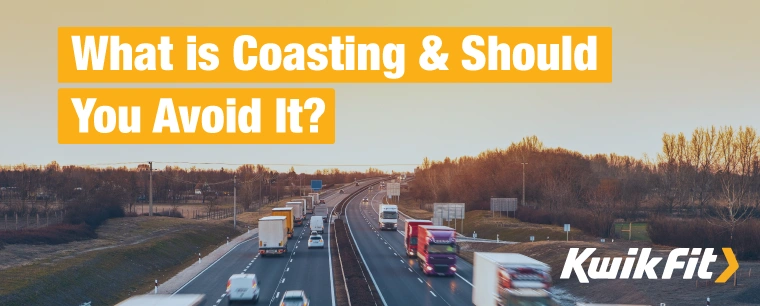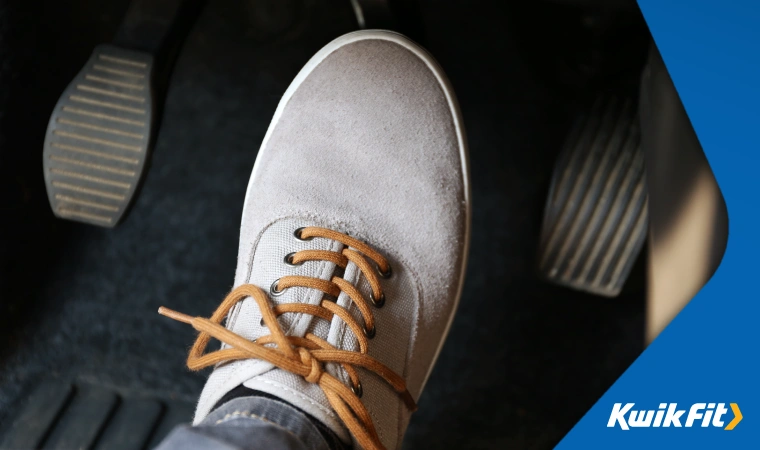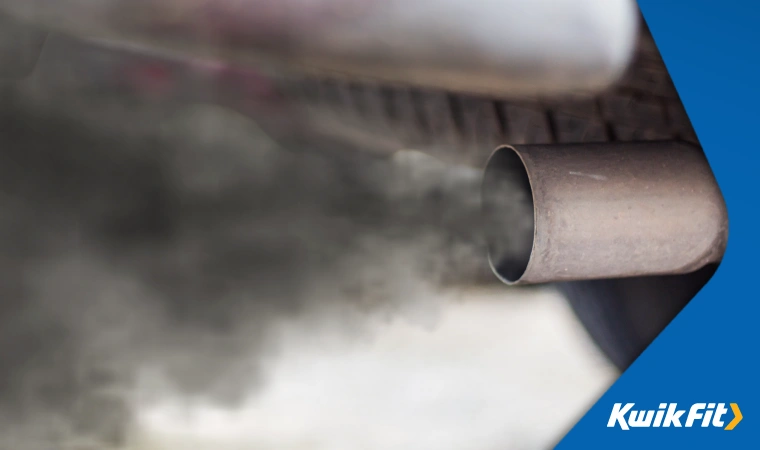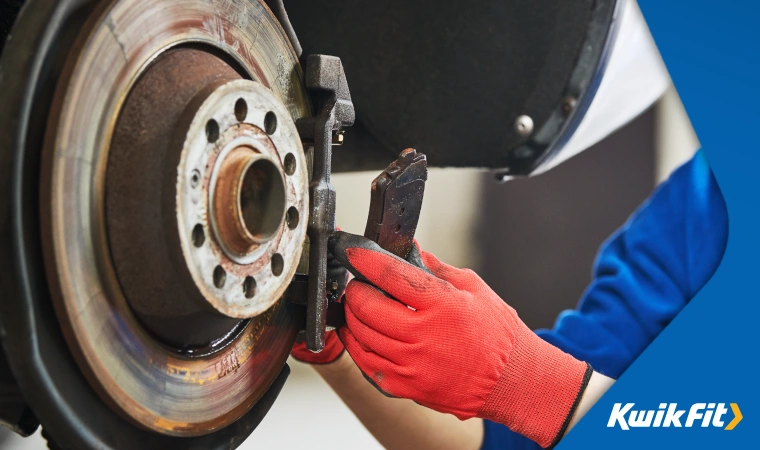What is Coasting and Should You Avoid It?
Jack Dreyer | Thursday 1st December 2022 6:30pm

Coasting is a driving technique favoured by dads the world over; in a bid to drive more energy efficiently, people who learned to drive in older vehicles swear by the technique Ė but what is it and why is it to be avoided?
Letís explore.
What is coasting?

Coasting is the term given to the technique of having your foot down all the way on the clutch pedal. This has the effect of completely disengaging the engine from the car so that the car is rolling freely with just the momentum that has been built up.
If youíve read our blog on how car engines work, then this technique might make perfect sense: by disengaging the engine, the engine isnít having to use fuel to keep the car going along a road. Proponents of this technique use it, for example, when going downhill, when cruising at a high speed, or in the small increments of stop-start traffic.
Now, the publication of this may lead to dad-gasps across the nation, but this technique is actually dangerous and doesnít improve fuel economy on modern vehicles.
Hereís why.
Why you should avoid coasting
The main proposed benefit of coasting is to increase fuel efficiency, but this is a case of yesterdayís tricks in todayís game.
Coasting isnít more fuel efficient

The folks at Mercedes Benz have explained in this article how coasting actually increases fuel consumption on modern vehicles. Thatís because modern cars arenít just the brute (if beautiful) force machines of old. Modern cars are highly tuned, science fiction marvels with all manner of sensors, cameras, and entertainment screens that definitely arenít distracting while driving.
Some important technological developments have been in the fuel injection process Ė itís no longer a simple case of accelerator down = more fuel.
When idling Ė that is, when sat stationary in traffic Ė engines still need some fuel to keep ticking over. So when you disengage the clutch in modern vehicles, the sensors tell the engine that youíre stationary and therefore need to keep the engine running.
If youíre already moving, however, then the engine can use the momentum of the vehicle to keep ticking over. Now, this actually has the effect of slowing down the car and is known as engine braking in combustion engine vehicles and is, in a different form, a dedicated feature of regenerative braking in electric vehicles. But the aim here isnít to slow the car down, right? The idea is to keep going at the same speed Ė more on that later!
Itís dangerous & puts extra wear on your brakes
The main problem with coasting, other than that it increases fuel consumption, is that the car enters a state of free momentum Ė which means that it can easily get away from itself when going downhill.
Now, if youíve ever tried to stop suddenly, youíll know that itís a lot harder to do an emergency brake when going at high speeds than it is when going at, say 30mph. If you consider the weight of an average hatchback as, say, 1.2 metric tonnes, then that much weight going into freefall downhill can quickly build up dangerous speed.
In fact, it can quickly build up so much speed that you find your brakes arenít physically capable of stopping you.
At the best of times, this ends up putting a huge amount of stress on the brake discs and brake pads and, at the worst of times, could result in a fatal accident.
So give your brakes a break!

Is there a way to cruise more energy efficiently while driving?
We look at a broad range of fuel-efficiency measures in our article here, but one of the main things you can do to save on fuel is to drive in the appropriate gear. When slowing down, the main aim is to do so gradually and in an appropriately low gear so that you have a safe and reliable amount of torque.
By swapping back into, say, second gear on approaching roundabouts, youíre making sure that you have the power to get ahead when you need to.
But the main rule of thumb is that the higher gear you drive in, the less fuel youíll use. Now, this seems counterintuitive because the engine revs go up, but remember that there are mad scientists (computers and sensors) making the fuel injection appropriate for the level of input youíre giving the accelerator pedal.
If youíre already moving at a steady pace, then you donít need to put much pressure on the accelerator pedal Ė the carís momentum will carry it forward. So this is perfect for driving at just below motorway speed, or even down into what would usually be third-gear territory if the road is very flat and very clear.
You need to be aware here, though, that driving too slowly in too high a gear puts a lot more strain on the engine, so is likely to have the counter effect if youíre trying to speed up into too high a gear too quickly.
Itís also important to be aware of your carís momentum Ė while driving at a good pace in fifth gear will naturally result in some engine braking, higher gears will let the car truck along without too much stopping power, so be mindful of speed when going downhill.
If you want to increase the fuel efficiency of your vehicle, the best thing to do is to make sure itís regularly serviced and that the tyres are up to scratch.
Get in touch with the experts at your local Kwik Fit centre, they are always happy to help.
Any facts, figures and prices shown in our blog articles are correct at time of publication.
Featured Articles
Is it Illegal to Drive With One Headlight?
Saturday 19th July 2025
Wondering if itís illegal to drive with one headlight? Learn about the safety risks and penalties of illegal blown bulbs and why you should fix them promptly.
Air Con in EVs & Hybrids: Experts Answer Your Questions
Monday 30th June 2025
Does air con drain EV batteries? Can you use the air con while charging an electric car? Find out the answers to these questions & more from Kwik Fitís experts.
Why Is Your Car Making a Noise? Fixes & Tips
Friday 13th June 2025
When your car starts making unexpected noises, it can certainly be quite disconcerting; it may be nothing to worry about, but hereís what you need to know.









